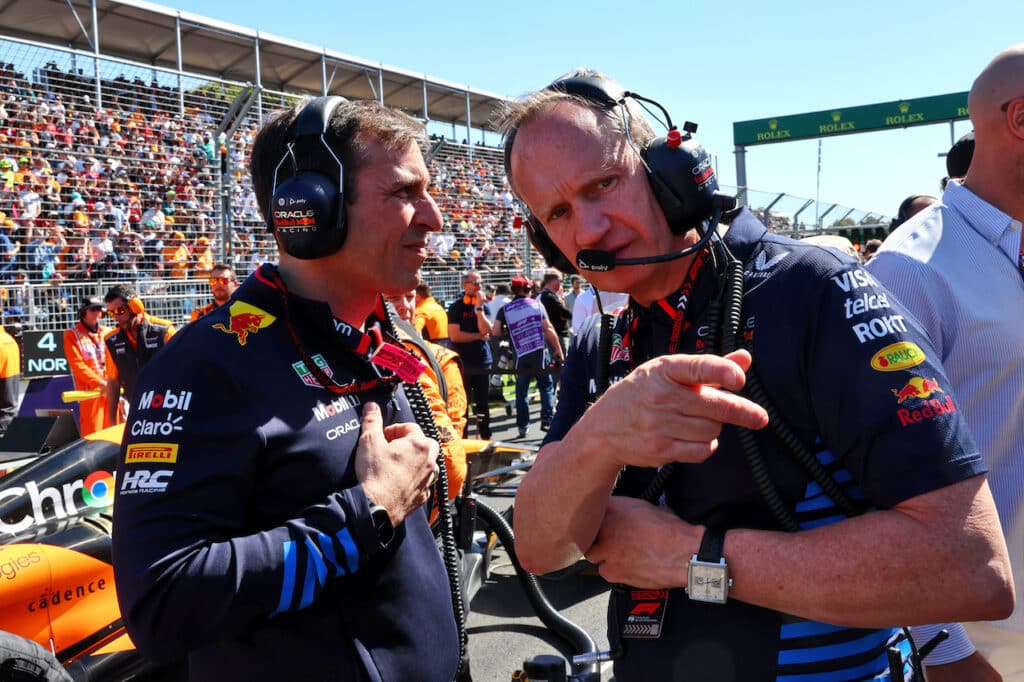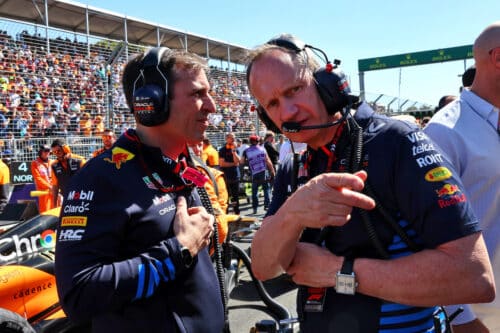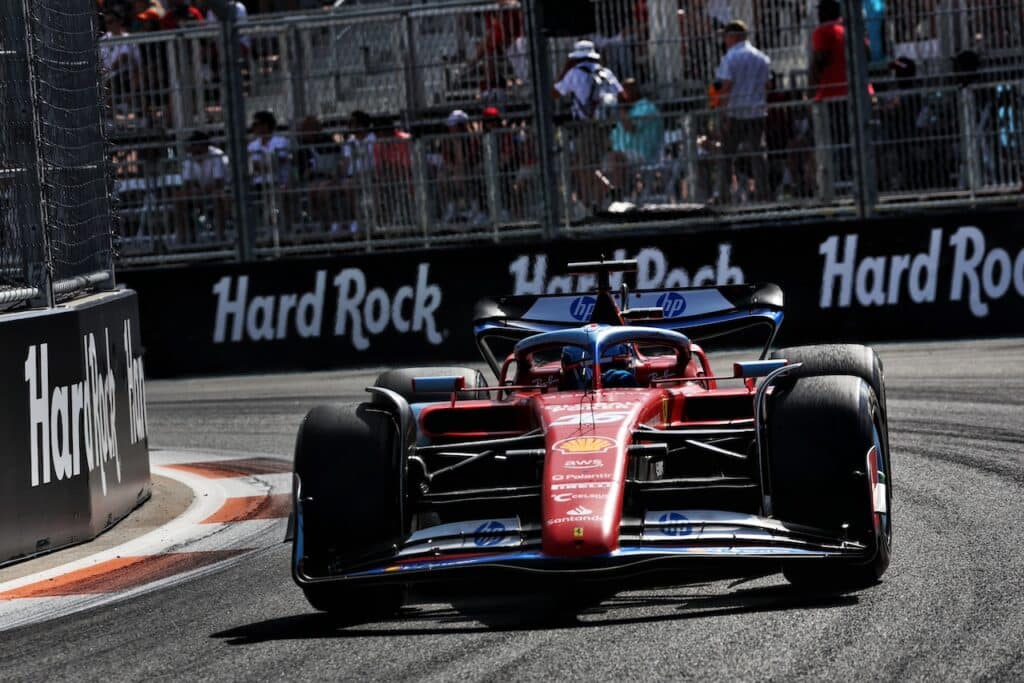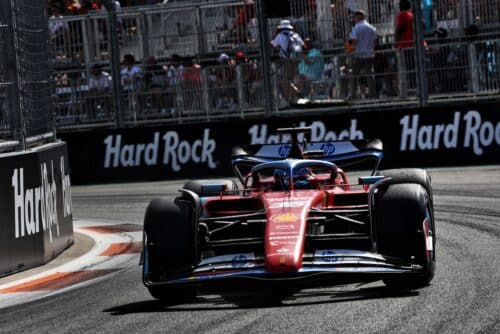Rain, Safety Car, Suspensions. Reasons and (possible) remedies

The Canadian Grand Prix will be remembered not only for the actions on the track, but also for the 30 (and more) laps under the Safety Car and the suspension of almost two hours which risked, at times, leading to an early end to the race .
Three similar episodes have occurred in recent years. In Korea, last year, due to a new and inadequately prepared route. In Japan, where Saturday qualifying was canceled and postponed to Sunday morning. And, in 2009, in Malaysia, in Sepang, where the race was declared over early with the awarding of 50% of the points.
A large part of the public and enthusiasts contests this new 'fashion' of starts under the Safety Car and 'frozen' races in the name of safety.
Reference is made to past years, more recent or more distant, to accuse this F1 of no longer being a sport for courageous drivers but a 'Pussy Formula', as we have ironically indicated it in some previous articles.
Let's therefore break the issue in favor of the pilots, and try to understand why it is now necessary (perhaps too much so) to adopt certain precautions and what the alternatives could be to improve the situation.
Parc Fermé, this mystery
As we well know, the introduction of Parc Fermé has, in fact, forced the teams not to review the set-ups of the single-seaters between Saturday qualifying and the Sunday race.
This is a very important detail to take into consideration, it is probably actually the key point of the issue.
The dry set-up of a Formula 1 car is very rigid. The height from the ground is the minimum possible, to facilitate the flow of air flows towards the rear diffuser. The suspensions are calibrated with such stiffness that, in the words of a Pirelli technician we met in Monte Carlo, 'the real suspensions are now the tyres'. That's all to say.
The wet set-up, on the other hand, provides for a greater overall height from the ground of the car (by at least a few centimeters) and a 'softer' suspension unit to allow the driver to drive with more progressive curve radii and risk the least possible effects of oversteer or understeer. Furthermore, the wet set-up involves a greater incidence of the wings for more traction when exiting corners and grip on the front. Impact, on the rear, which Jenson Button had for example on his Mclaren on Sunday. A detail that allowed him to be very fast in the final stages of the race with a mix of dry/wet conditions.
Returning to Parc Fermé, the ban on setting the single-seaters for different weather conditions makes managing the car particularly complicated. All things considered, this was the first regulatory change aimed at creating 'chaos'. Let us explain: in Canada rain was expected for Sunday's race, but qualifying was run in the dry. On Saturday, Mclaren may have paid the price for having driven a more 'charged' car, aiming for Sunday. And, in fact, the Woking cars seemed to be the fastest in the wet (Hamilton was better than Button, until the accident). It's like playing a Joker: playing the qualifications in the hope of guessing the time for the race. A bit like keeping an extra set of softs so you can use them on Sundays.
Having said this, it is understandable how, due to the impossibility of making different settings given the elimination of the warm-up (another uselessness...), driving a Formula 1 car on water (and what water, that which came down in Montreal) with a when dry it becomes practically impossible. Not even the sensitivity of champions can be decisive in avoiding making a mistake. The thus reduced ground clearance, minimally compensated by the Pirelli wet tires equipped with a higher tread than the dry ones, would have been a guarantee of aquaplaning and track exits, in the event that Sunday's race was not started under the Safety Car regime. Furthermore, a rigid set-up on wet surfaces makes the car's reactions unpredictable when braking and accelerating, as well as when entering corners. And, last but not least, let's remember how the teams had never had experience with rain tires until this GP. In fact, only in the free practice in Türkiye had they been used. But, in fact, these compounds were unknown to everyone.
Therefore, considering the variables at play ('dangerous' track given the lack of escape routes, dry set-ups, 'unknown' rain tyres, puddles which required the intervention of external vehicles) we feel we can justify the choice of race direction . Sometimes cheering leads to hasty conclusions, because it is easy to judge from the armchair at home and, above all, the skill of ALL these pilots is to make actions seem easy that for 'mere mortals' would be impossible to replicate. It would therefore be fair, towards everyone, to put ourselves in the shoes of those who drive at great risk and consider all the mitigating circumstances of the case. Although, specifically in Montreal, we also recognize that the wait for the last green light after the suspension was too long (by 5 or 6 laps at least). And in fact, via team radio, some drivers complained.
So what to do?
The Parc Fermé, dating back to 2003, is now (or has it always been?) a useless rule. Its introduction, motivated by the need to put a stop to the exaggerated and different solutions used between qualifying and the race, was already widely contested, but now its application no longer seems to make sense, if it ever made any sense.
Eliminating it would mean allowing the teams to make, as happened before its introduction, all those changes that can help improve performance in the race, perhaps in the face of a bad qualification. And, in case of uncertain weather or oncoming rain, give the possibility to 'secure' the cars with a set-up suitable for the weather conditions. Which would be useful to partially avoid the problems encountered on Sunday.
Another significant detail would be to always start the GPs in the early afternoon, in defiance of television dictates. The 2009 Malaysian GP was also definitively suspended for visibility reasons, given that it started at 17pm local time instead of the usual 14pm, even 13pm as in Canada this Sunday.
Finally, for those who praise the past years in which we always raced, we remember the 1991 Australian GP. The race was suspended after 24 minutes and 14 laps, with the awarding of points halved, due to a universal downpour on the Adelaide track.
Alessandro Secchi
F1Grandprix.it
if you want to always be updated on our news
Follow us here
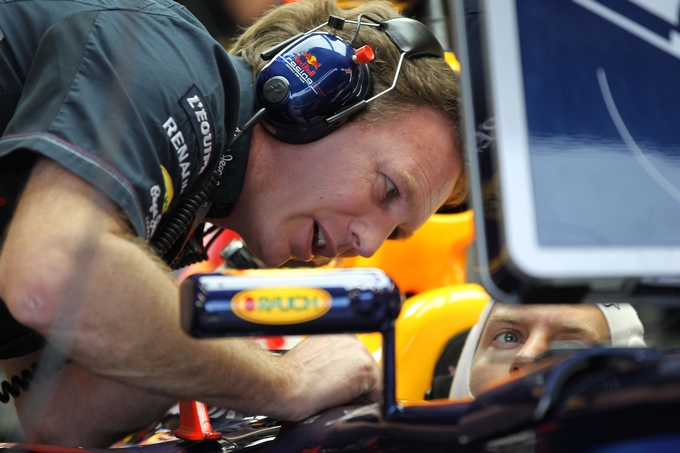

![F1 Minidrivers: Canadian GP 2011 [Video]](https://f1grandprix.motorionline.com/wp-content/uploads/2011/06/minidrivers-canada-2011.jpg)
![F1 Minidrivers: Canadian GP 2011 [Video]](https://f1grandprix.motorionline.com/wp-content/uploads/2011/06/minidrivers-canada-2011-300x168.jpg)
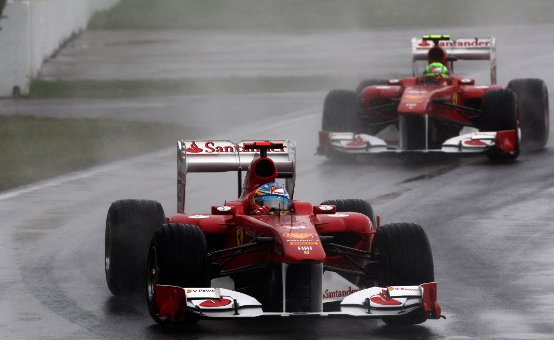
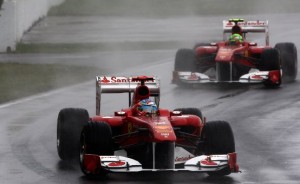
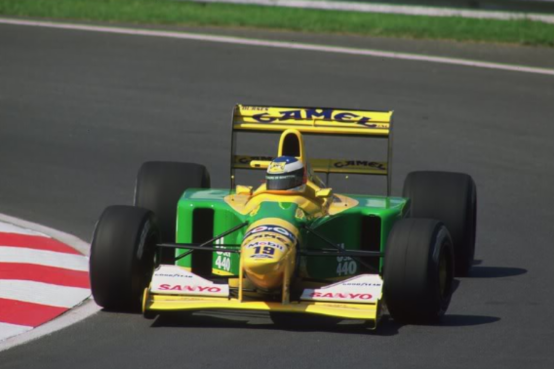
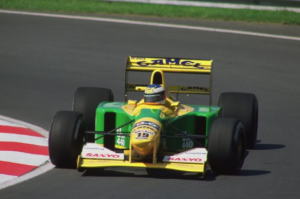
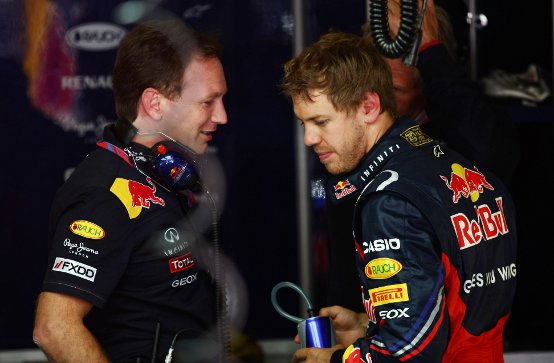
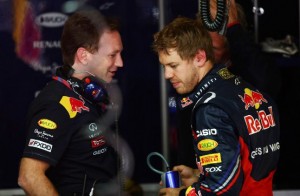

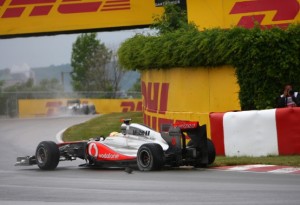
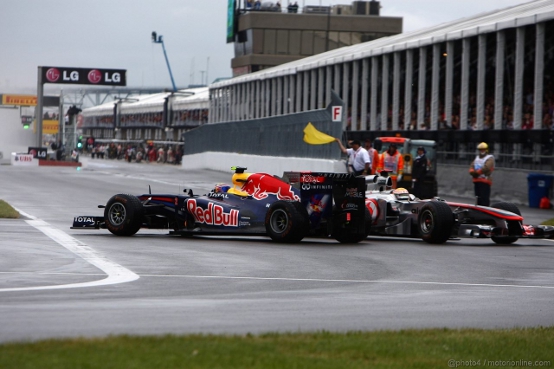
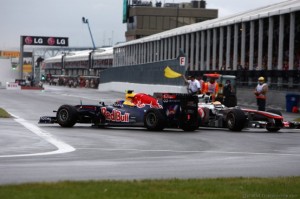
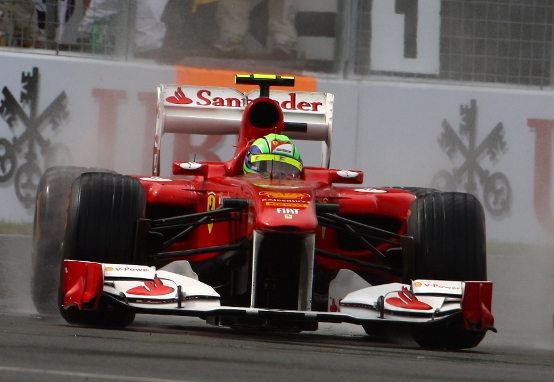
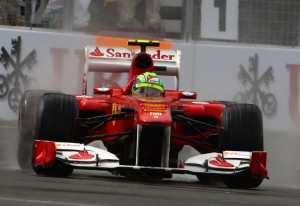
![Formula 1 | Newey: “Settlement 2026? I don't know if it will be enough to make me stay" [VIDEO]](https://f1grandprix.motorionline.com/wp-content/uploads/2024/05/f1-newey-redbull-1-1024x553.jpg)
![Formula 1 | Newey: “Settlement 2026? I don't know if it will be enough to make me stay" [VIDEO]](https://f1grandprix.motorionline.com/wp-content/uploads/2024/05/f1-newey-redbull-1-500x270.jpg)
